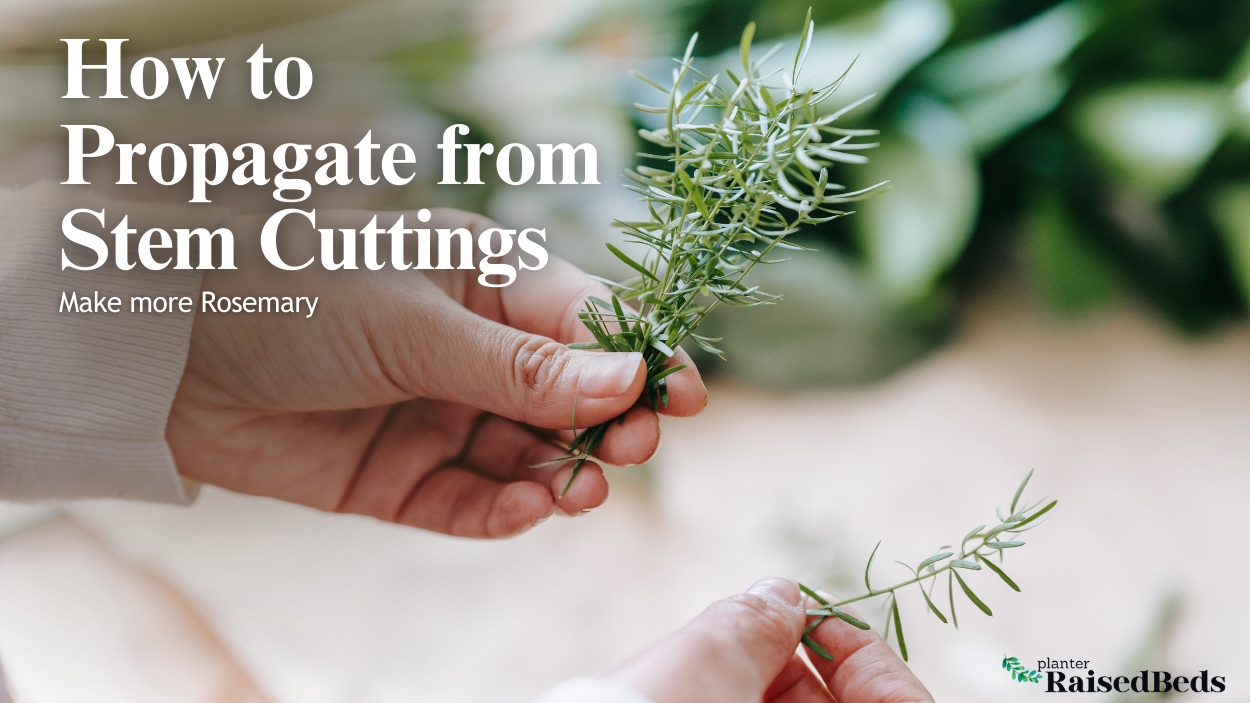These plants are amazing to look at and their sweet, rich fruits taste delicious when eaten straight from the tree or added to desserts. If you have enough knowledge of guava trees, you can grow these little plants in a greenhouse or solarium and take advantage of their vitamin-rich fruit.
Common Varieties of Guava Fruit Trees
Mexican White Guava: This guava fruit tree variety is often smaller than other varieties and is distinguished by its sweet, creamy white flesh. The fruit, which is frequently used in desserts or eaten fresh, has a greenish-yellow peel when it is mature.
Pineapple Guava: This kind of guava fruit tree, often called Feijoa, bears tiny, egg-shaped fruits with a tart and sweet flavor. The fruit's delicate, juicy core and greenish-gray exterior make it a popular ingredient for jams and baked products.
Strawberry Guava: The small, spherical fruit on these guava fruit trees has a pinkish-red color and a sweet, acidic flavor. The fruit is frequently used in desserts and has a delicate interior with tiny seeds.
Apple Guava: The larger fruit from these guava fruit trees has a greenish-yellow skin and a sweet, juicy core. The fruit is frequently used in salads or eaten fresh. Its feel is comparable to that of a ripe apple.
Red Malaysian Guava: Red or pink fruit with a tart, tropical flavor can be found on these guava fruit bushes. The fruit's interior is juicy, and drinks and smoothies frequently contain it.
Growing Guava Fruit Trees
Choose the right location: Fruit trees that grow guavas prefer a sunny area with soil that drains properly. They can grow in a variety of soil types, although they prefer organically rich soil with a pH range of 5.0 to 7.0. Guava trees can grow up to 30 feet tall, so plant it where it will have lots of areas to expand.
Plant the tree: Create a hole that is twice as broad and deep as the root ball before planting the guava fruit tree. Compost or well-rotted manure can be added to the soil to enrich it and give the tree nutrients. After planting, give the tree plenty of water, and during the first several weeks of growth, keep the soil evenly moist.
Provide proper care: During the growing season, guava fruit trees require continuous watering, especially during dry spells. During the growing season, fertilize the tree every four to six weeks with a balanced fertilizer. Remove any broken or dead limbs from the tree by doing late winter or early spring pruning.
Protect from pests and diseases: Fruit flies, scale insects, and fungi are just a few of the pests and illnesses that can affect guava fruit trees. Keep the tree healthy and well-maintained, and look out for any symptoms of illness or infestation to avoid these issues. Any issues should be handled right away with any necessary organic or chemical controls.
How can I tell if my Guava Fruit Tree is Seed-Grown or Grafted?
It might be challenging to determine whether a guava fruit tree was grafted or grown from seeds simply by looking at the tree. However, there are a few indicators that will let you know if your guava tree is grafted or seed-grown:
Look for a grafting scar:
Examine the base of the trunk:
Consider the age of the tree:
Ask the seller or nursery:
Guava fruit trees are typically grafted rather than seed-grown because grafted plants are more dependable and consistently yield fruit that is faithful to the parent plant. However, guava trees can be healthy and fruitful whether they are grown from seeds or grafts as long as they receive the right attention and care.
How Long Does it Take For a Guava Fruit Tree to Bear Fruit?

Guava fruit trees can take many years to bear fruit; the exact amount of time depends on the age of the tree, the environment it grows in, and the type of guava used. Some guava fruit trees take even longer than eight years to bear fruit after being developed from seed. Grafted guava fruit trees can bear fruit in as little as two to four years after being planted.
Final Thought
Guava fruit trees are rewarding to grow since they can provide fruit that is both tasty and healthy. You can guarantee a healthy and abundant yield by picking the ideal location, planting the tree correctly, giving it the required care, and safeguarding it from pests and illnesses. Your guava fruit tree can flourish and continue to produce sweet, fragrant fruit for many years with a little amount of care and attention.




